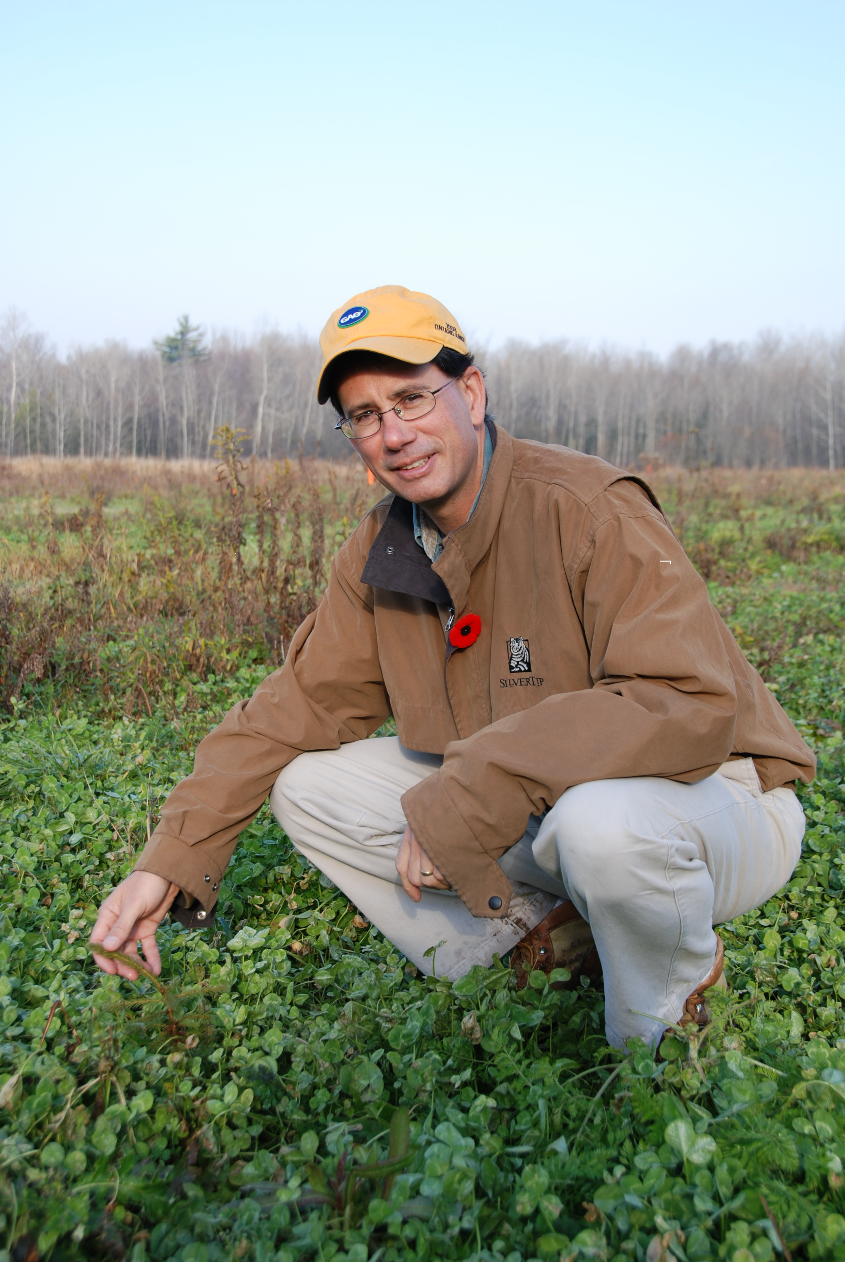What does a wildfire cost?
Advancing climate modelling
By the end of summer 2023, Canada had lost a record 13.7 million hectares of land to wildfires. Dan McKenney and Emily Hope of the Canadian Forest Service explain how C1W data is helping shed light on the true costs of wildfires and informing new fire management approaches.
EYES IN THE SKIES DURING PEAK BURN PERIODS - WildFireSat will fill a vital ‘visibility gap’ left by current satellites. As described on the Canadian Space Agency website, “[The] coloured bars show the overpass times of various existing satellites that are used for wildfire management purposes: Terra (dark green), Aqua (blue), Suomi NPP (purple), Sentinel-3 (light green), Sentinel-2 (orange) and Landsat 8 (pink). WildFireSat aims to fill a crucial gap in peak burn wildfire monitoring, and to be used in conjunction with existing systems.”
Image source: Canadian Space Agency, based on a graphic developed for an article in the journal, Sensors.
Q: CAN YOU START BY GIVING A QUICK OVERVIEW OF THE PROJECT YOU’VE BEEN WORKING ON?
Dan McKenney: Earlier this year, the Government of Canada announced the WildFireSat mission. It’s a network of satellites that will provide near real-time wildfire-related data across the country — from space — starting in 2029. As economists, Emily and I are crunching the numbers to quantify the losses that WildFireSat could help avoid.
Emily Hope: We’re looking at things like evacuation costs, infrastructure and asset damage, timber loss, health costs, suppression costs and even insurance payouts. If we could get the data, it would be fantastic to know downstream effects on businesses such as shutdowns as well, and distributive effects like income impacts.
Dan: There are also ecosystem services and carbon impacts. Carbon has an important value to society now and trees store carbon, so there’s a sequestration loss with forest fires.
Q: HOW DOES THAT INTERSECT WITH CANADA1WATER?
Emily: As part of our analysis, we’re also looking at how wildfires affect water quality. What are the possible impacts for municipalities that rely on groundwater? What happens to drinking water? We’re working with a Masters student in the Food, Agriculture and Resource Economics Department at the University of Guelph to quantify the impacts and how the satellites could enhance the analysis.
Dan: Canada1Water has examined climate change challenges. Our cost-benefit analysis needs to account for the changing climate, so C1W climate change datasets will be really useful.
“Understanding the economics of wildfires is really important. Obviously, we want to save lives, but we also want to prevent people losing their houses. We need to know how much these fires are costing our society.”
Q: HOW WELL DO WE UNDERSTAND THE CORRELATIONS BETWEEN CLIMATE CHANGE AND FOREST FIRES?
Dan: It’s been known for a long time that the changing climate will extend fire seasons and make longer periods of drought more likely. This year we also saw fires from coast to coast across Canada, which is highly unusual. All of this poses challenges for provincial and territorial wildfire management agencies. The work Canada1Water is doing will let us look at the strength of correlations between climate and fires on larger spatial scales. The modelling can get people thinking about the levels of management and suppression that are needed, the impacts on water management, and how forest management can help.
Q: WHAT DO YOU HOPE WILL COME OF YOUR WORK?
Emily: Understanding the economics of wildfires is really important. Obviously, we want to save lives, but we also want to prevent people losing their houses. We need to know how much these fires are costing our society.
Dan: We hope our work will provoke more thought about fire management and long-term resourcing — how much effort to invest in managing fire on the landscape. Those aren’t easy questions, especially in a year like this.
Emily: The initial WildFireSat mission is for five years. If we can show the benefits, we’ll have a business case to extend beyond that. We’re targeting Canada but other countries also have issues with current geostationary satellites, so maybe there are opportunities down the road for international partnerships and a global wildfire satellite network.
Dan McKenney is a research scientist and team leader at the Great Lakes Forestry Centre of the Canadian Forest Service.
Emily Hope is a forest resource economist at the Centre.




